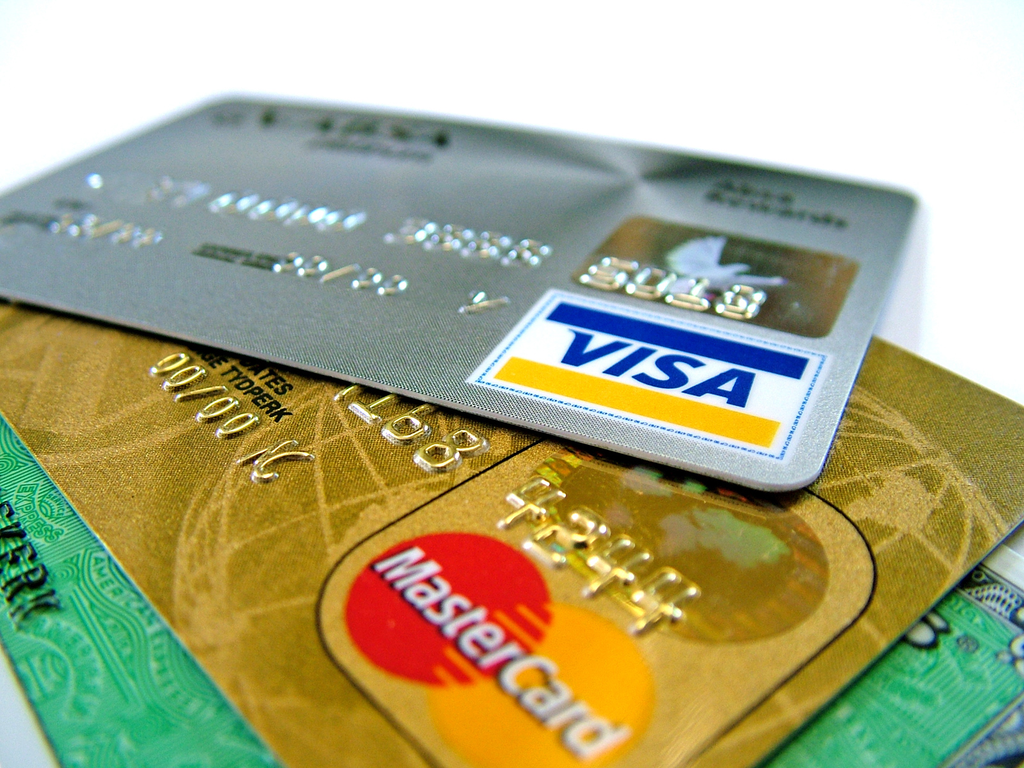Financial Planning
Study Shows Millennials Views On Credit Cards
Contrary to the popular wisdom about Millennials being debt-averse and using debit cards or checking accounts, a new survey by analytic software firm FICO shows Millennials want credit cards and use them regularly.
Jun. 22, 2016

Contrary to the popular wisdom about Millennials being debt-averse and using debit cards or checking accounts, a new survey by analytic software firm FICO shows Millennials want credit cards and use them regularly.
According to new consumer research from FICO:
- 83 percent of Millennials (25-34 years old) use credit cards to fund their lifestyle
- 31 percent of consumers 25-34 years old carry a balance of $1,000-$4,999 over each month, on their credit card, more than all other age groups
- he 25-34 year olds also had more balances in the $5,000-$9,999 range but fell to second place when balances went over $10,000; the top spot went to the 35-49 year olds
- 37 percent of Millennials are likely to apply for a new credit card over the next 6 months
- Millennials prefer new credit cards that offer: waived annual fees (85 percent of respondents); cash back rewards (75 percent); and lowest interest rates (73 percent)
According to the study, about half of Millennial respondents 25-34 have at least three cards, and 19 percent plan on using them to buy big ticket items such as a new car. Asked whether they see themselves using credit cards over the next 5 years, 77 percent of the same group see themselves ‘very likely’ to keep doing so.
Joshua Schnoll, senior director for FICO said, “Millennials are very interested in obtaining and using credit cards as they remain a convenient mode of payment and source of credit. They are still maximizing their earning potential but also juggling numerous lifestyle costs, such as college loans, car and home ownership, as well as supporting young families.”
With 49 percent of Millennials holding between three and five credit cards, lenders are competing for share of wallet.
Millennials are focused on no annual fee (75%), low interest rate (71%) and cash back rewards (71%). By comparison, younger Millennials (aged 18-24) are even more focused on price, with 80% stating they are after no annual fee and 79% looking for low interest rates.
“Credit cards that offer low cost-of-use are favored by this demographic,” said Schnoll. “Segmentation here is very important, so the right product at the right risk level is marketed to the right customer. Banks need to make sure that Millennials want their card and choose it at the point-of-purchase.”
Card Security is Vital
The survey also showed that Millennials want credit cards that offer account notifications (56%) and enhanced security (53%). A poor mobile banking experience is also likely to see them switch banks more than other groups.
“This confirms that banks need to think about how to build trust and flexibility into their credit card products”, said Schnoll. “Is it easy to use? Is the card well secured from fraud? Can they manage the card from their smartphone? Ensuring you communicate with Millennials in the channels they prefer can convert them into loyal customers.”
Personal Card Controls
The data revealed that Millennials are significantly more interested in “self-managing” credit card controls than older consumers. 47 percent were interested in being able to turn on or off the use of their card at certain merchants, while 45 percent wanted to be able to control the type of purchases that are made on their cards.
Automated notifications about late payments were seen as a popular and desired feature to help Millennials stay on top of their accounts in a way that was convenient and free of embarrassment. 22 percent indicated they would want to be notified by mobile app of debts under 90 days.
When it comes to late payments, it is worth noting that one in five Millennials (25-34 years olds) self-reported events that put them in the high risk category for financial delinquency. In addition, 26 percent of those 18-24 and 17 percent of those 25-34 are making only the minimum payments each month.
“Lenders need to be judicious about credit assessments. The credit card debt of US consumers is expected to hit the $1 trillion mark this year, nearing the all-time record of $1.2 trillion set in July 2008, before the peak of the financial crisis,” added Schnoll. “If Millennials do fall into delinquency, the banks have an opportunity to educate. The FICO® Score Open Access program, for example, allows banks to print a customer’s personal FICO® credit score on their statement. This is just one example of how banks can work with their customers to improve their understanding of credit. Treating the customer with respect leads to better long-term outcomes for the lender in the form of loyalty from the customer.”
